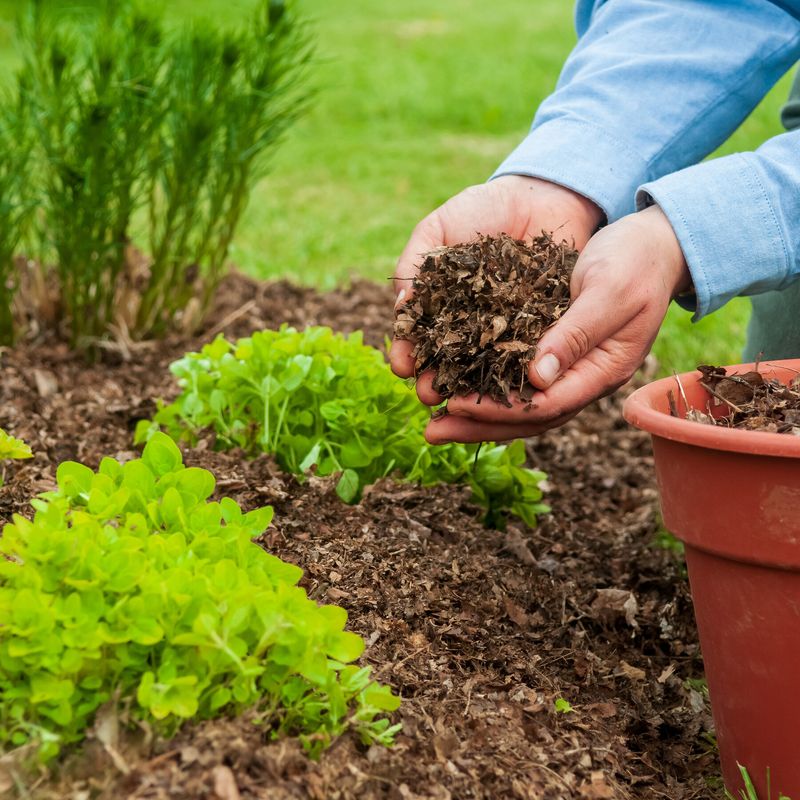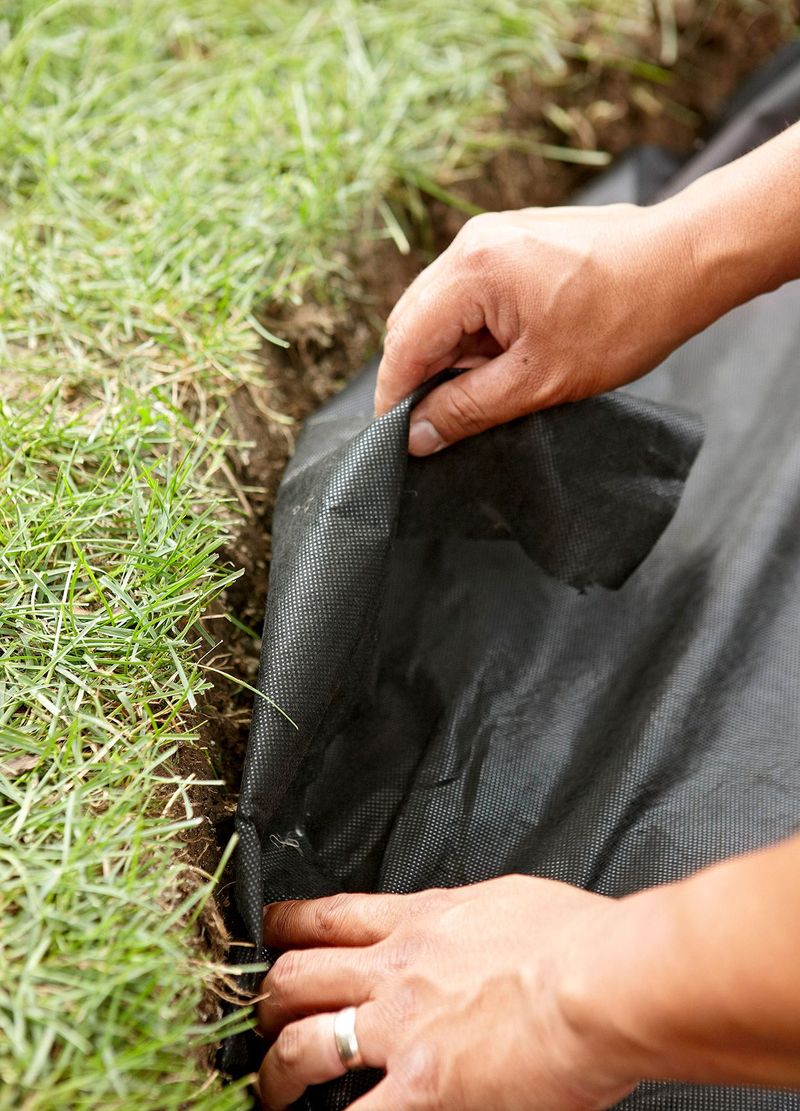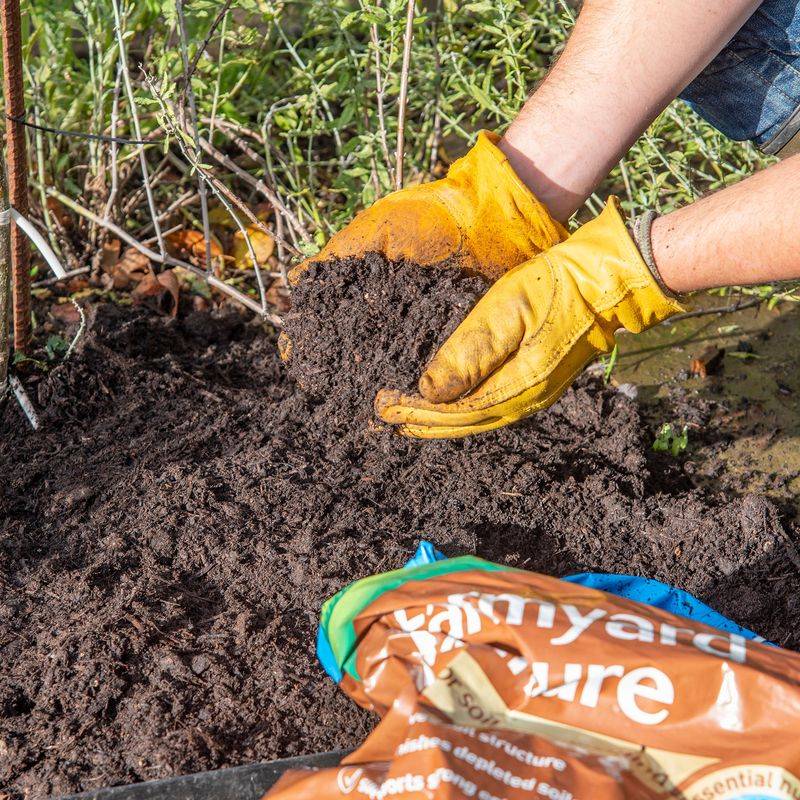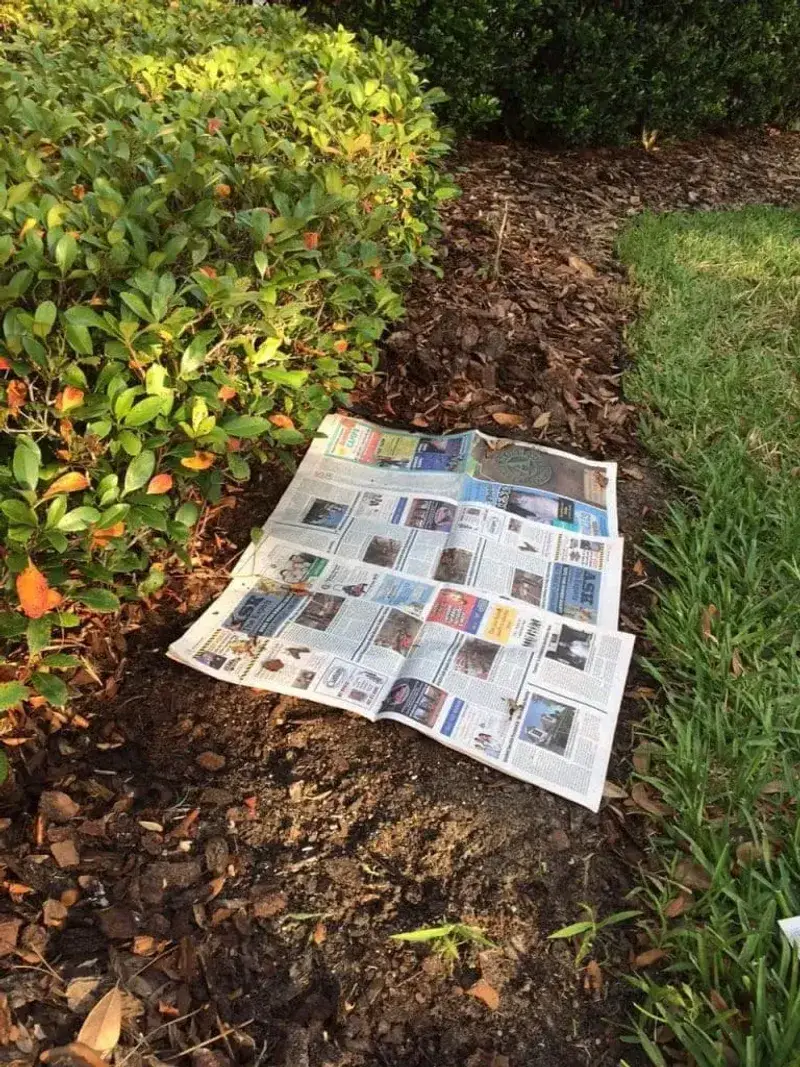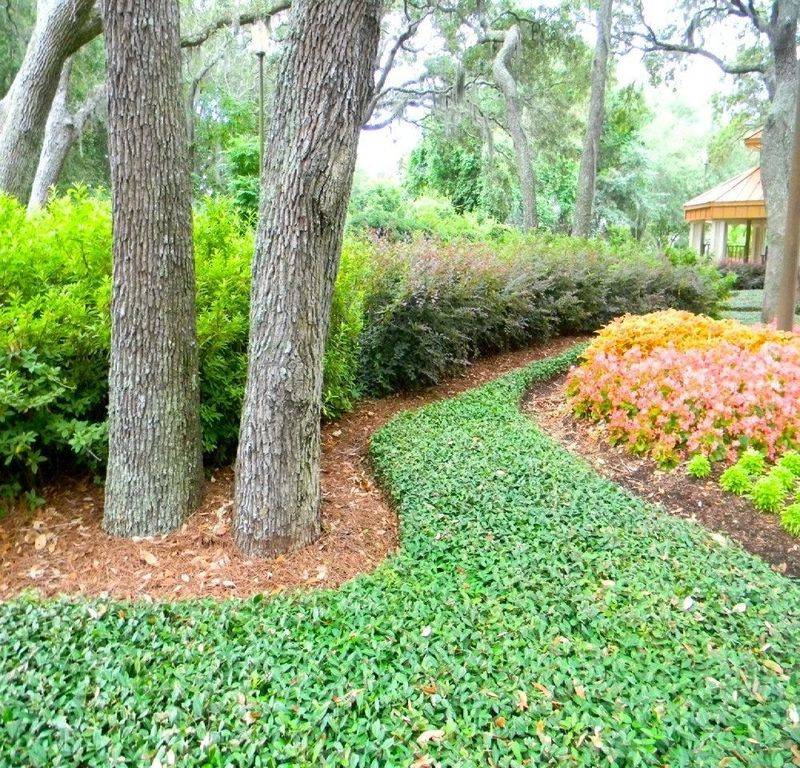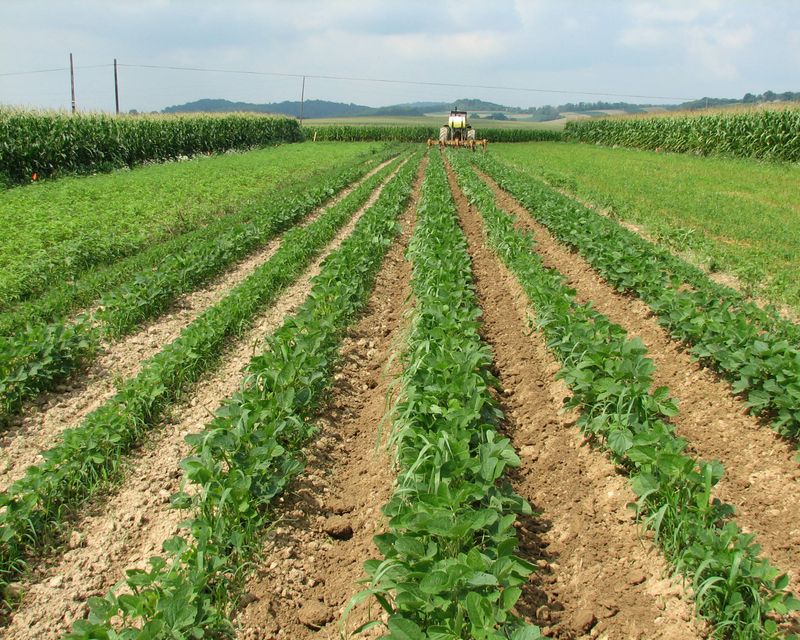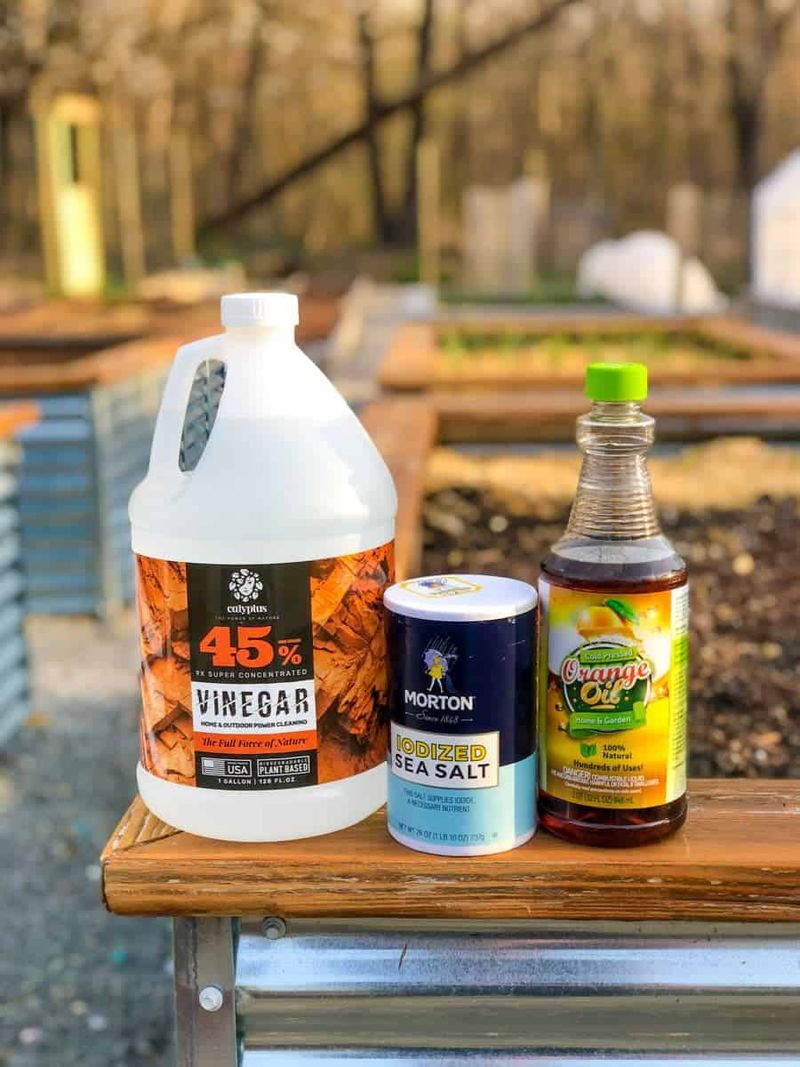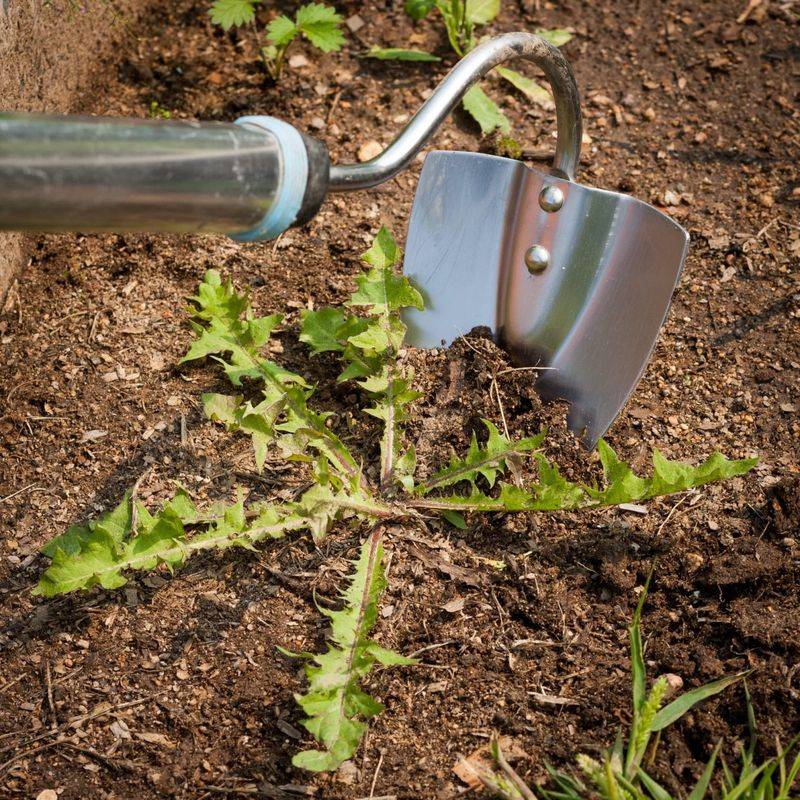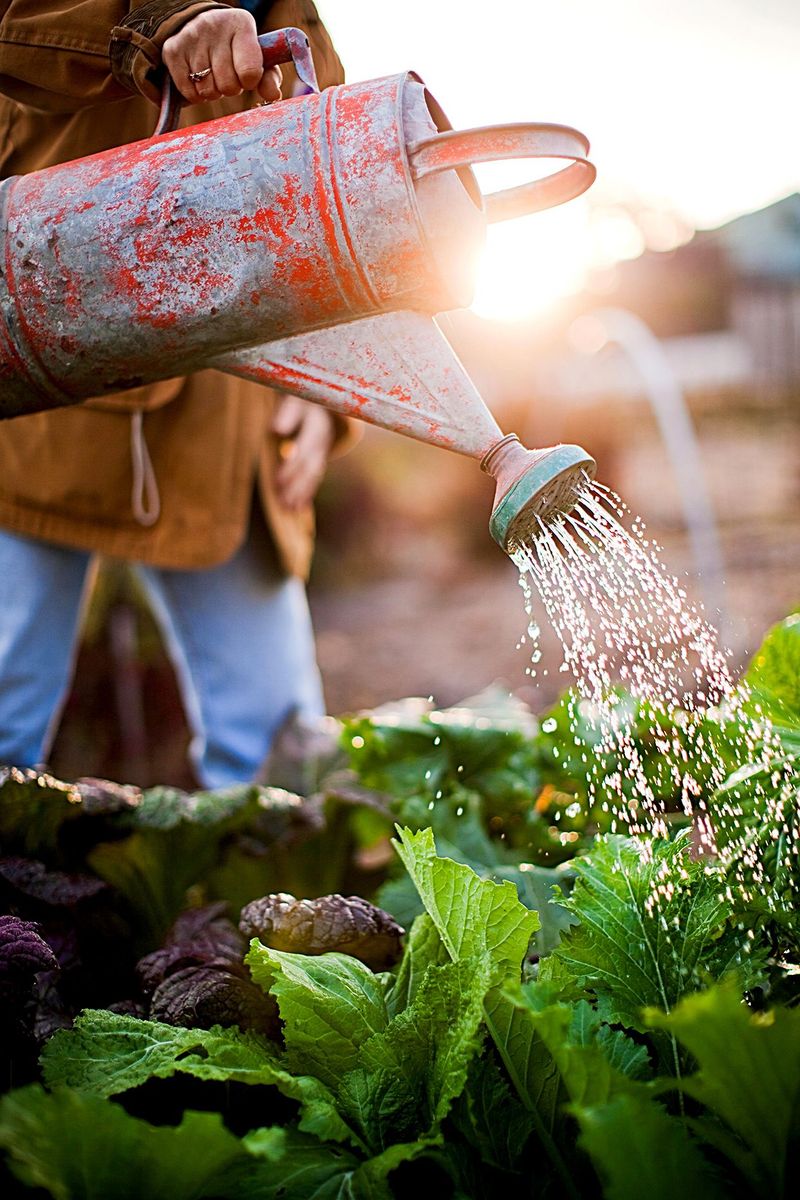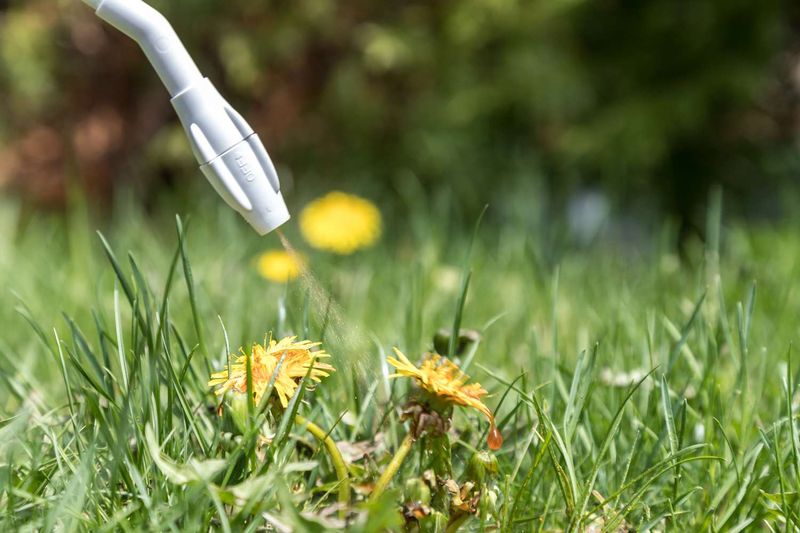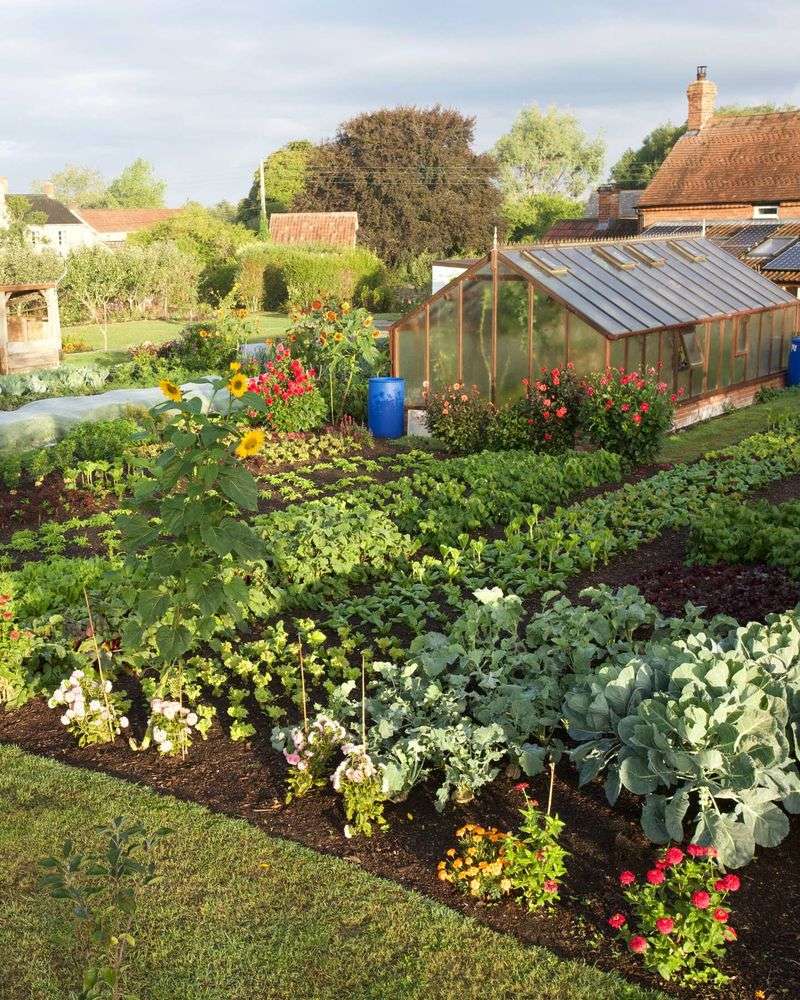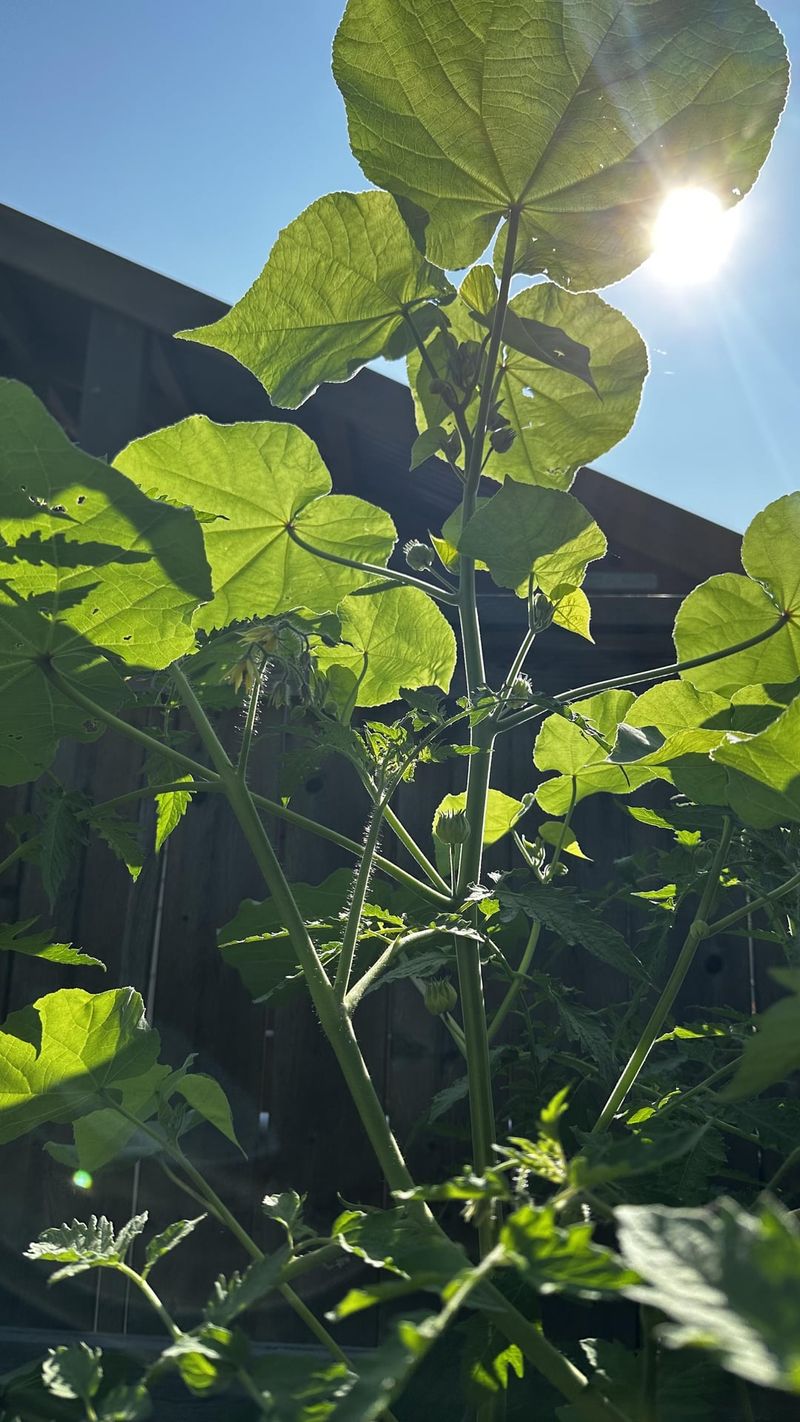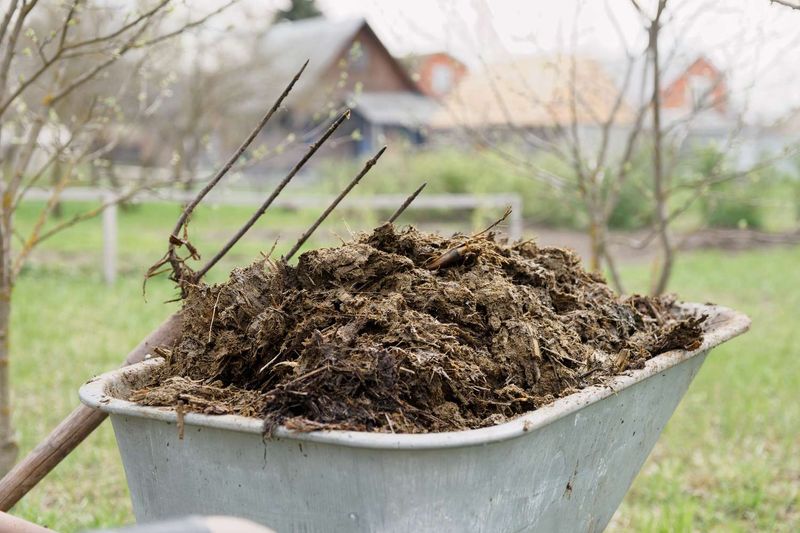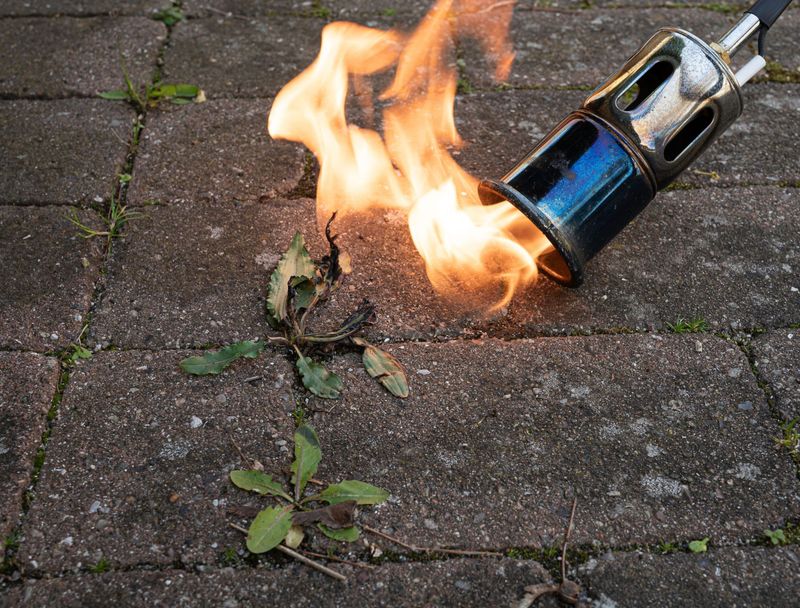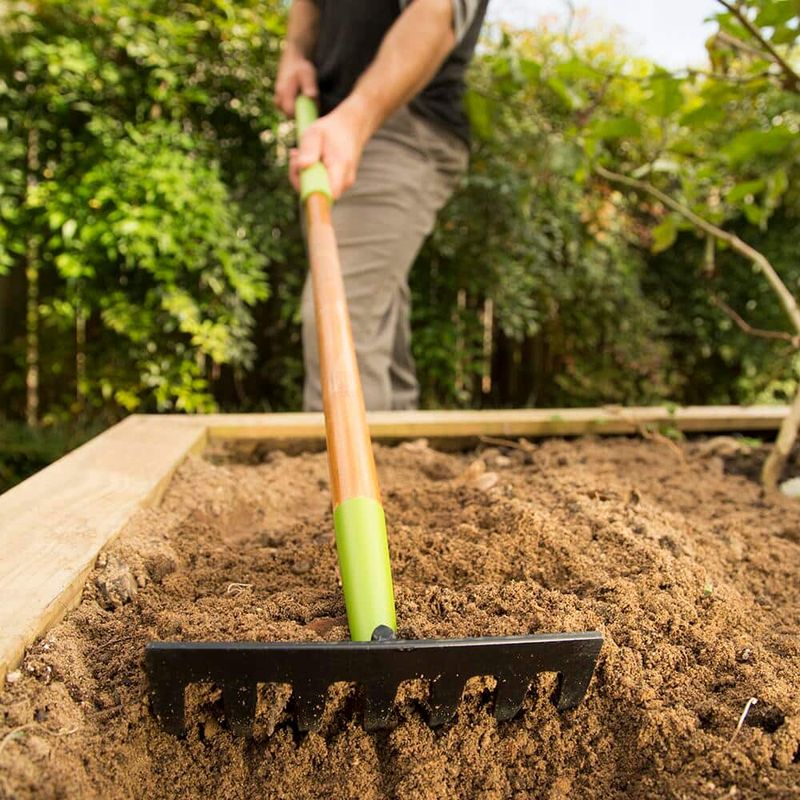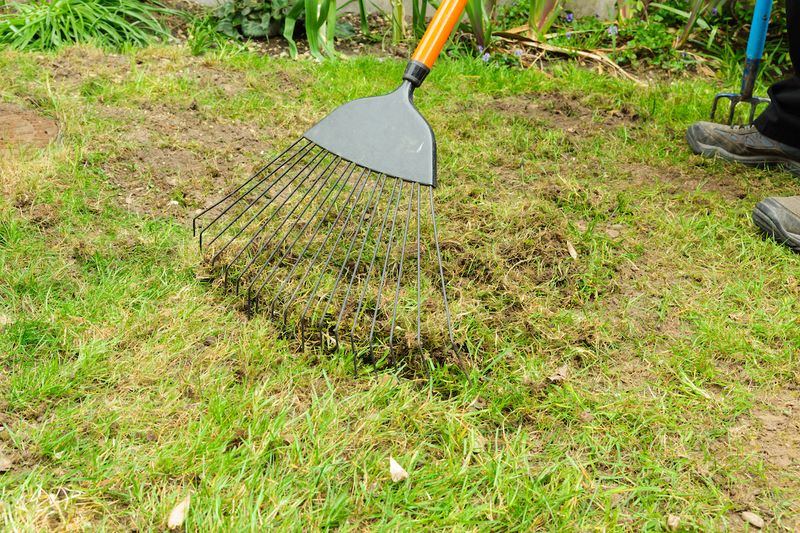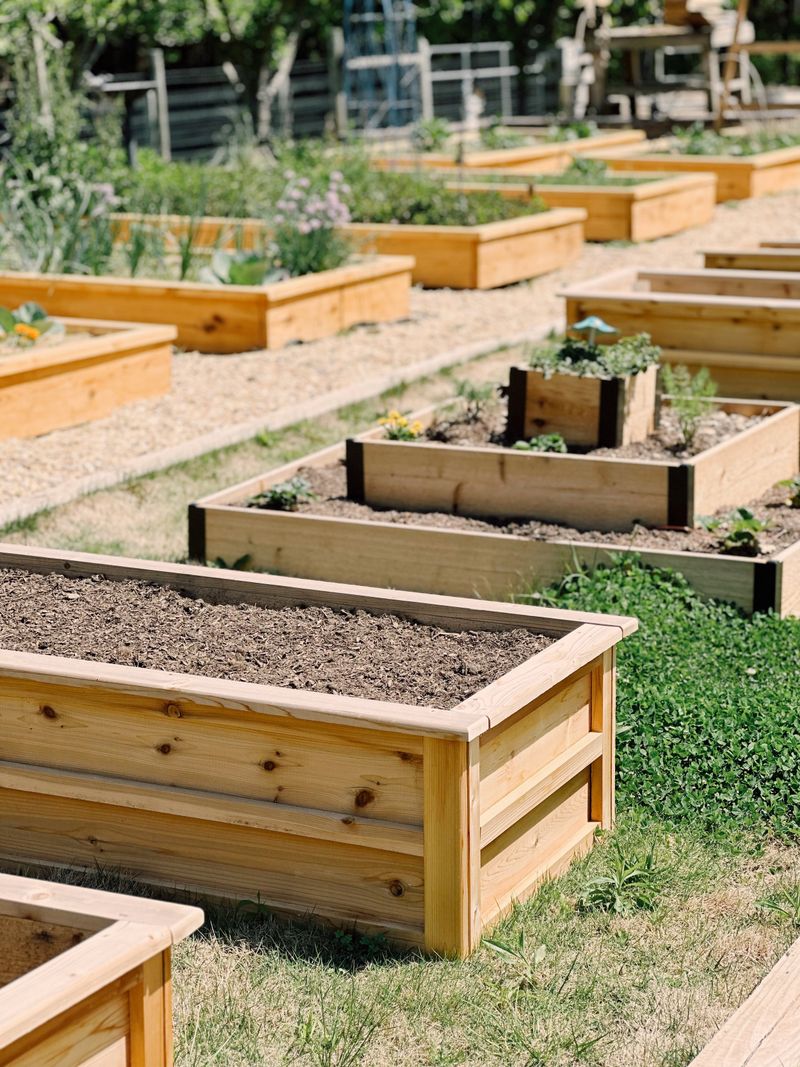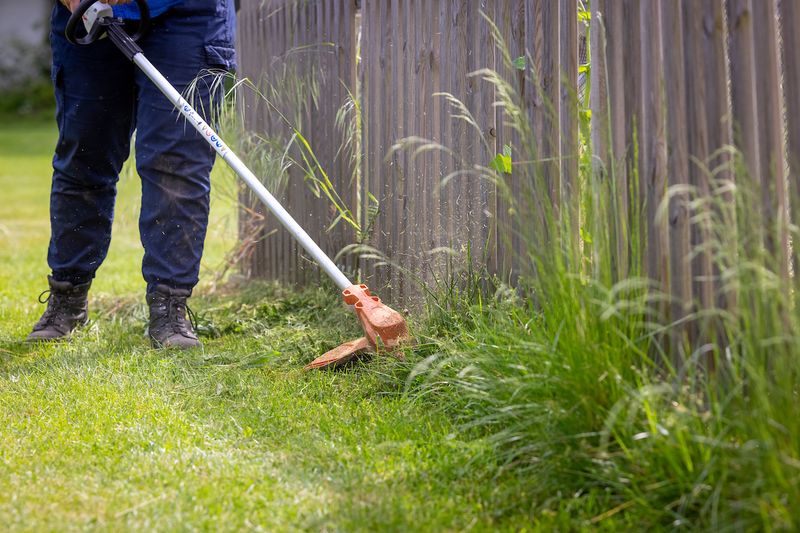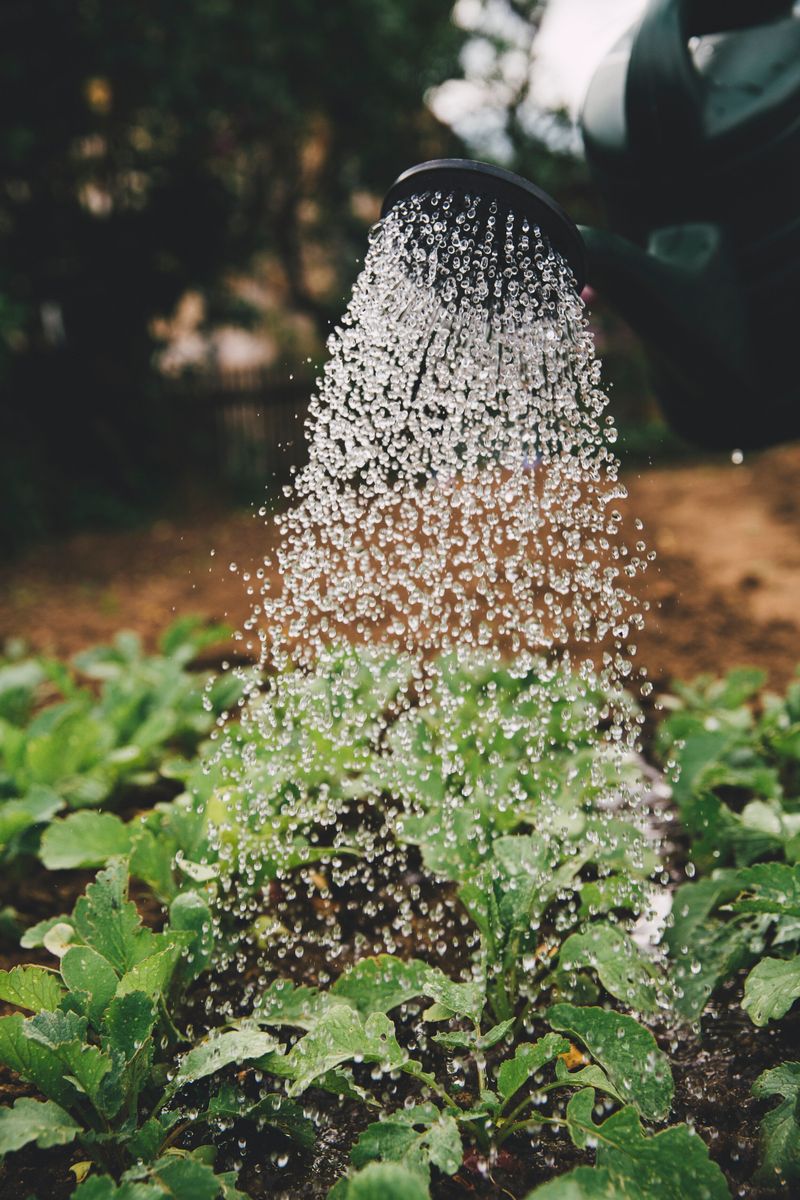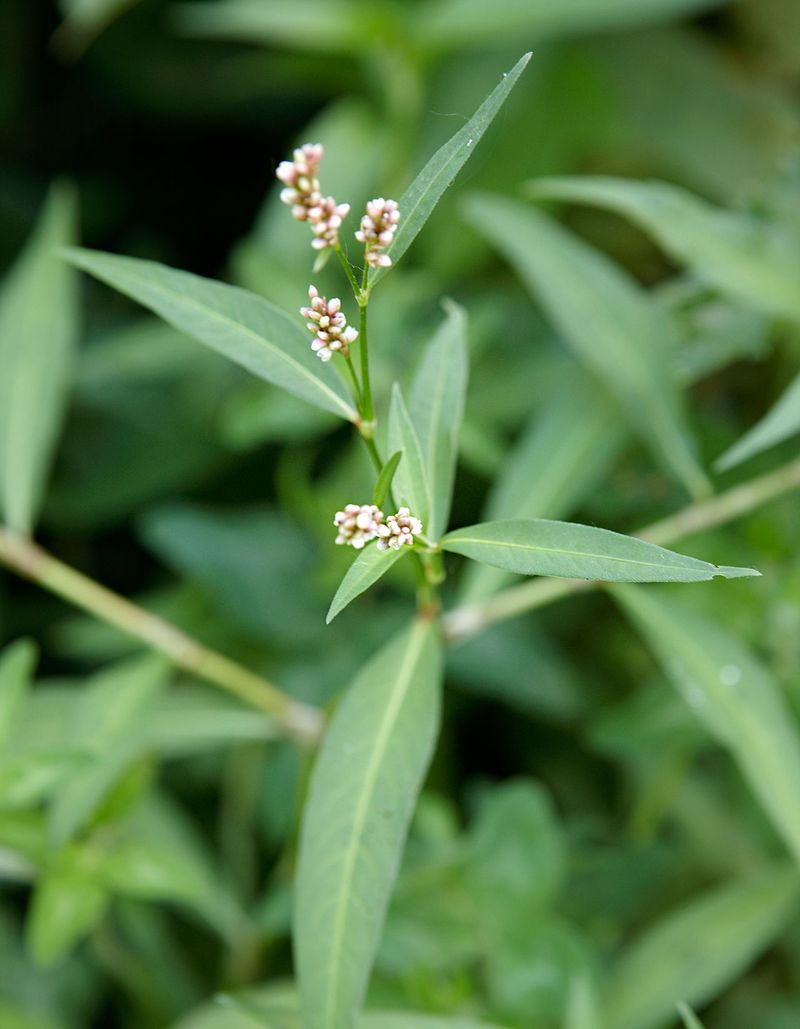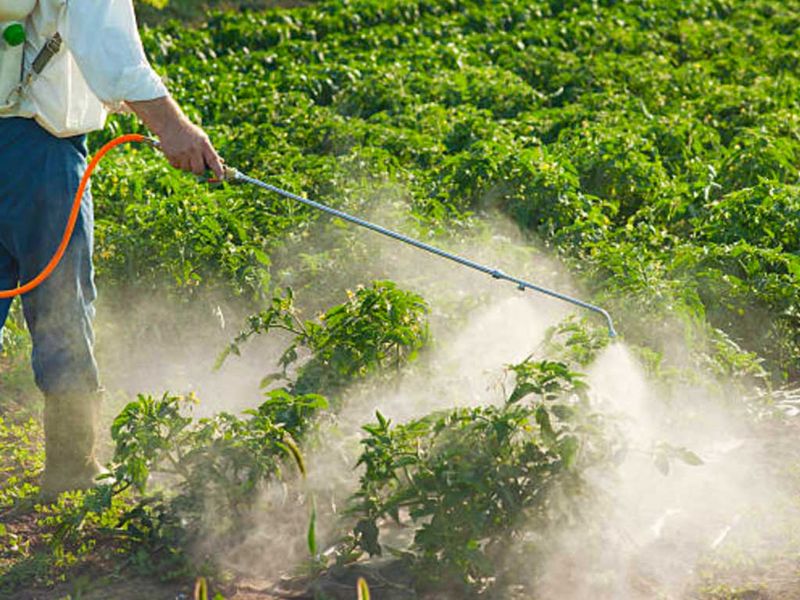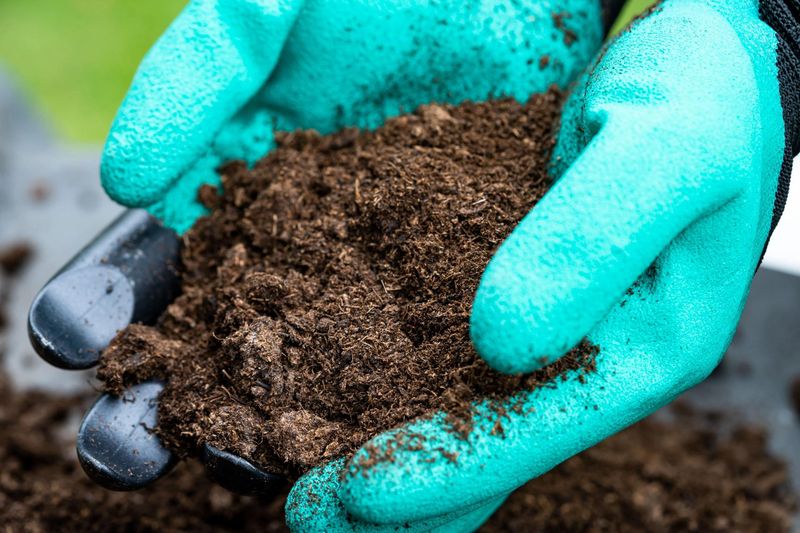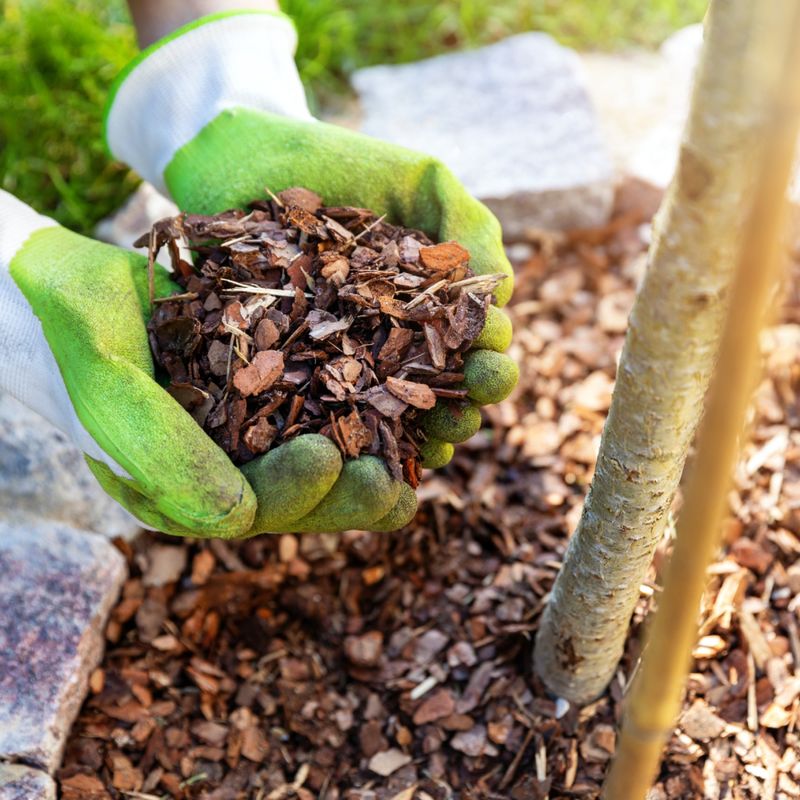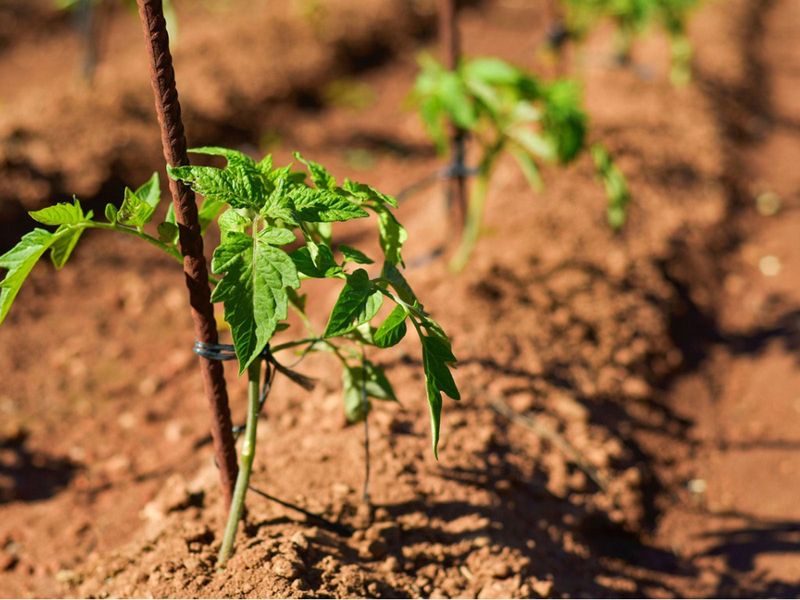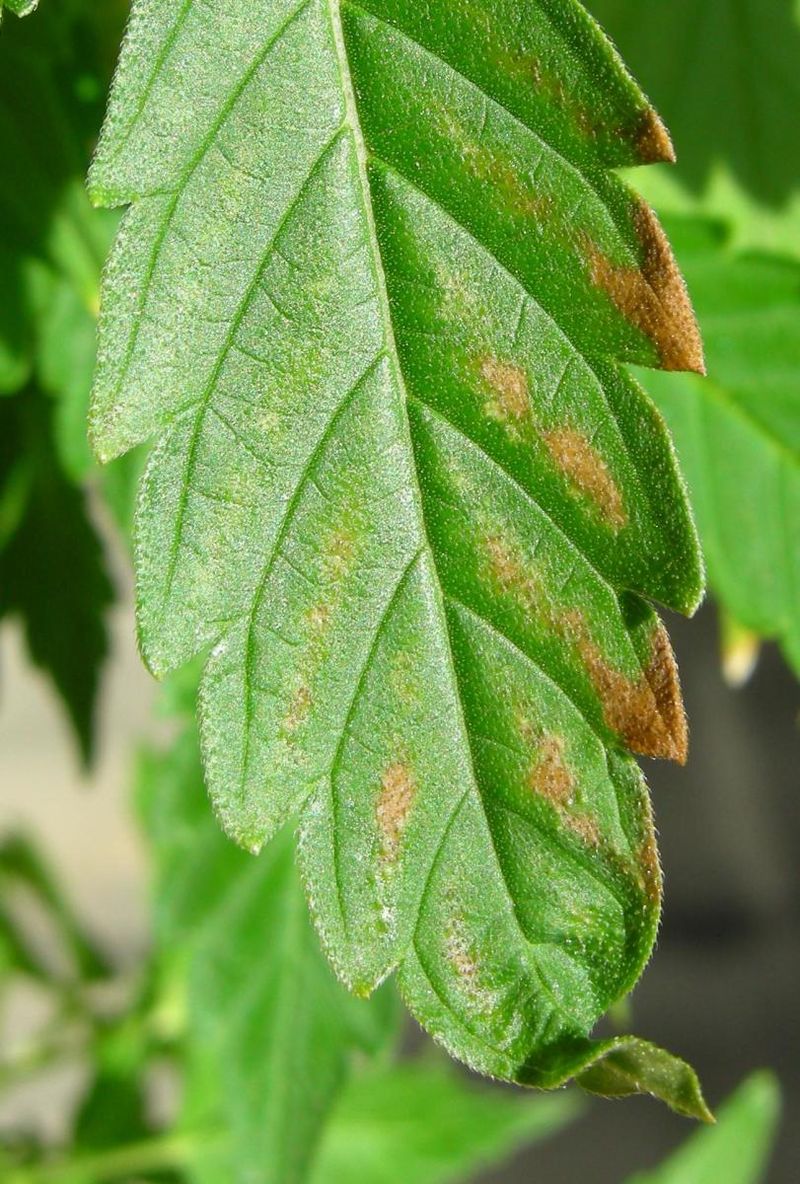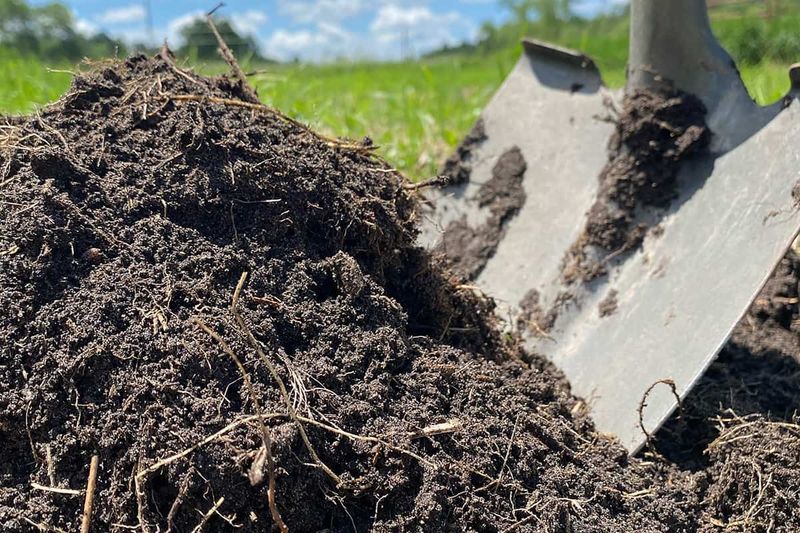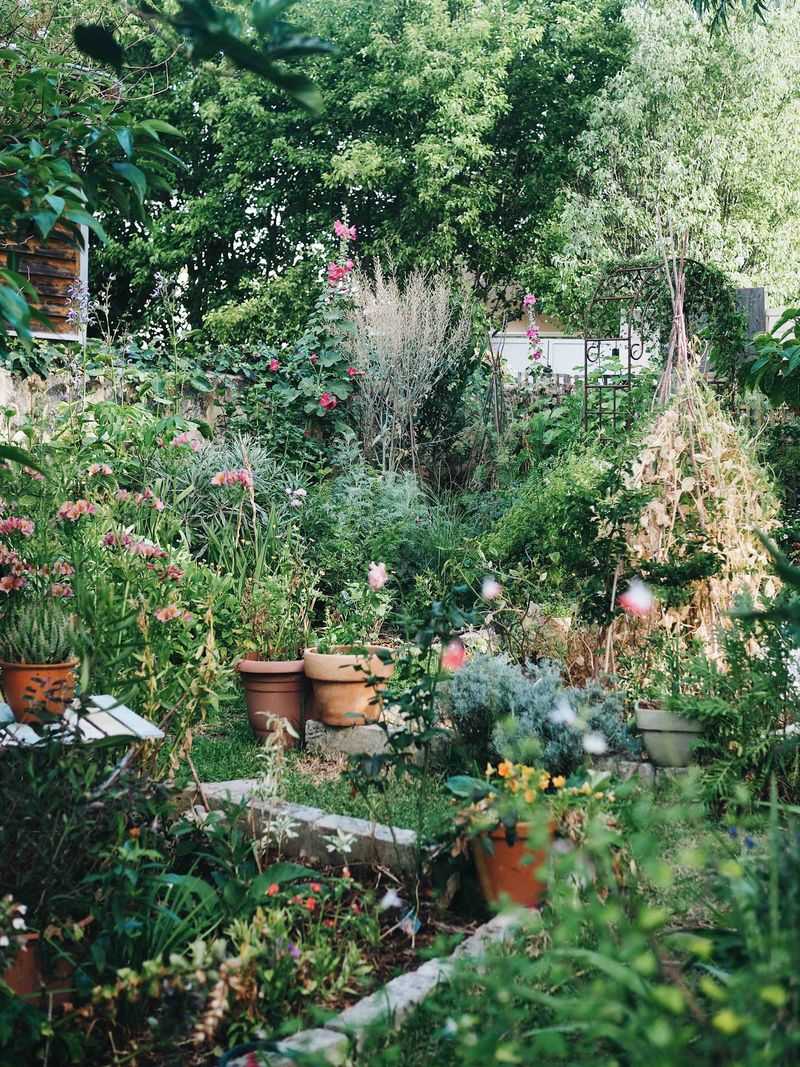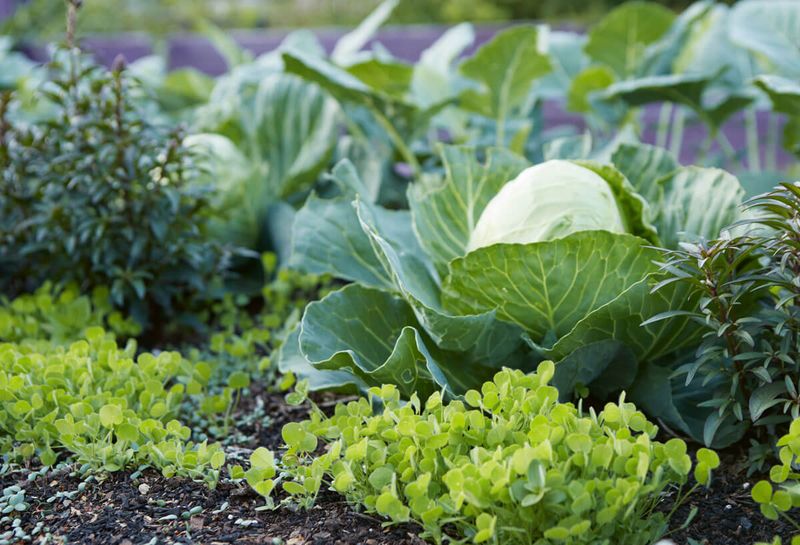Gardening is like a never-ending dance between chaos and order. Except the chaos often wears green and has a thing for taking over. Weeds, right?
They’re like that uninvited guest at the party who just won’t leave. But don’t worry, with a little strategy, you can show them who’s boss.
I’ve tried everything, from hand-pulling to using fancy weed barriers, and let me tell you, nothing beats the satisfaction of seeing a weed-free garden.
1. Mulch regularly
Mulching is like giving your garden a cozy blanket. It retains moisture and suppresses weeds. You’d be surprised how a simple layer of organic material can make your garden look cool and neat.
Mulching not only benefits the soil but also keeps those sneaky weeds at bay. Plus, it’s an inexpensive way to spruce up your garden’s appearance.
Did you know that mulch can reduce the need for watering? It’s true! It acts as a barrier between the soil and the sun, reducing evaporation.
2. Use landscape fabric
Think of landscape fabric as the unsung hero in your garden battle against weeds. It’s like having a secret weapon beneath the soil.
Placing it strategically can keep weeds from seeing the light of day. This fabric is easy to install and can last several seasons, saving you time and effort.
Just make sure to secure it well with pins. While it lets water through, it prevents weed growth, making it an essential tool for any gardener seeking long-term solutions.
3. Hand-pull weeds often
There’s something oddly satisfying about hand-pulling weeds. It’s a task that gives immediate results, albeit temporarily.
Those little buggers don’t stand a chance against a determined gardener. Regular weeding helps prevent them from seeding and spreading across your garden.
Make it a habit, and you’ll notice fewer weeds over time. It’s also a great way to inspect your plants closely. Just don’t forget to pull them out by the roots to prevent any comeback tours!
4. Apply a thick layer of compost
Composting isn’t just for the eco-warriors; it’s a powerful tool against weeds. Imagine enriching your soil while keeping weeds at bay.
Compost adds nutrients, improves soil structure, and acts like a natural weed suppressant. When you apply a thick layer, it starves weeds of light, preventing their growth.
The result? A healthier, more productive garden. Plus, composting at home reduces waste, making it a win-win situation. So, pile it on and watch your garden thrive!
5. Use weed barriers or newspaper
Old newspapers have more use than just reading. They’re excellent weed barriers when layered under mulch. This method is as cost-effective as it is efficient.
By blocking the sunlight, they prevent weeds from germinating. Over time, newspapers will break down, adding organic matter to your soil. It’s recycling at its finest!
Plus, using newspapers gives you an excuse to read more. So next time you finish your morning paper, think twice before tossing it out. Your garden will thank you.
6. Plant ground covers
Ground covers act like a living mulch. These plants spread across the soil surface, creating a dense mat that weeds can’t penetrate.
Not only do they look fancy, but they also play a crucial role in weed prevention. By choosing the right ground covers, you enhance your garden’s aesthetics while reducing maintenance.
Plus, they’re great at conserving moisture! Options like creeping thyme or clover add beauty without the hassle. So, amp up your garden game with these natural weed fighters.
7. Rotate crops
Crop rotation isn’t just for farmers. It’s a strategic move every gardener should consider. By changing the location of your plants each season, you disrupt the life cycle of weeds.
This practice also prevents soil depletion and reduces the need for chemical fertilizers. Plus, it’s fun to mix things up! Your garden gets a fresh look, and pests get confused.
It’s a win-win. Rotating crops keeps your soil healthy and your garden fresh, making it a cornerstone of sustainable gardening.
8. Use natural weed killers (e.g., vinegar)
Vinegar isn’t just for salads; it’s a potent natural weed killer. This pantry staple can tackle tough weeds without harmful chemicals.
When applied on a sunny day, vinegar disrupts the cell membranes of weeds. It’s cheap, effective, and eco-friendly. However, it’s non-selective, so be careful around your plants.
You wouldn’t want to harm your prized tomatoes! Using natural solutions like this not only saves money but also keeps your garden safe for bees and other beneficial insects.
9. Hoe weeds when they’re young
Timing is everything in gardening. Catching weeds when they’re young and vulnerable makes hoeing a breeze. A few quick strokes, and they’re gone!
This method is less labor-intensive and prevents weeds from establishing strong roots. Regular hoeing discourages new growth, keeping your garden neat.
It’s a task that pays dividends with minimal effort. Plus, it’s a great excuse to spend more time outdoors. Keep a hoe handy, and you’ll never be overwhelmed by weeds again.
10. Water your garden properly
Watering wisely is a skill every gardener should master. Overwatering not only wastes resources but also encourages weeds. Focus on watering your plants, not the spaces between them.
Drip irrigation systems are perfect for this, delivering water directly to the roots. This keeps weeds from getting the moisture they need to thrive.
Proper watering also reduces disease risk and promotes deep root growth. By being strategic, you conserve water and keep those pesky weeds in check.
11. Use pre-emergent herbicides
Prevention is better than cure, especially with weeds. Pre-emergent herbicides work by stopping weed seeds from germinating. Applying them at the right time is crucial for success.
They’re like a protective shield for your garden. But timing is everything; apply them early in the season before weeds have a chance to grow.
This proactive approach saves time in the long run. Just be mindful of the application, as they can affect desirable seeds too. With this tool, you fight weeds before they even appear.
12. Grow dense plantings
Density can be a gardener’s best friend. By planting closely, you limit the space weeds need to flourish. This method not only reduces maintenance but also enhances your garden’s appearance.
A densely planted garden is a classy one, with plants supporting each other. The shade they provide also discourages weed growth. But be careful not to overcrowd!
Each plant needs enough room to grow and thrive. With careful planning, dense plantings create harmony in your garden and keep weeds at bay.
13. Shade out weeds with tall plants
Tall plants are like nature’s umbrellas. Their wide leaves and height can cast enough shade to prevent weeds from getting the sunlight they crave.
By strategically planting tall varieties, you create a natural barrier against weeds. It’s a clever way to utilize plant growth patterns for your benefit.
Sunflowers, corn, or even tall grasses can be your allies. Besides, they add an astonishing vertical element to your garden. This approach not only looks cool but also keeps your soil shaded and cool.
14. Apply organic matter
Organic matter is like the secret ingredient in a gardener’s toolkit. It improves soil structure, adds nutrients, and suppresses weeds all at once.
Spread it generously, and you’ll notice a difference. The texture and composition of organic matter make it difficult for weeds to establish. Plus, it retains moisture, benefiting your plants.
It’s a holistic approach that not only boosts plant health but also reduces weed pressure. Your garden will not only look better but will be healthier too.
15. Use a weed torch
Flame on! A weed torch is a fiery addition to your garden arsenal. By applying direct heat, you kill weeds without chemicals. It’s a quick and effective method for paths or gravel areas.
However, caution is key. Avoid using it near dry, flammable materials. This tool requires a bit of skill, but once mastered, it’s a satisfying way to tidy up your garden.
Just imagine the weeds’ surprise when confronted with a little flame! It’s certainly an exciting way to garden.
16. Solarize the soil
Harnessing the sun’s power, solarizing is an eco-friendly way to tackle weeds. By covering soil with clear plastic, you trap heat, effectively cooking the weeds and seeds beneath.
It’s a passive method requiring patience but yields long-term results. Over a few weeks, the intense heat disrupts weed growth cycles. This technique is best suited for empty beds preparing for planting.
Solarizing not only eliminates weeds but also reduces soil-borne pests and diseases. It’s like giving your garden a fresh start.
17. Maintain proper soil pH
Soil pH is like the Goldilocks of gardening. It needs to be just right. By maintaining an optimal pH, you create an environment where your plants thrive, outcompeting weeds.
Regular testing helps you adjust as needed, ensuring nutrient availability. Different plants prefer different pH levels, so knowing your soil’s status is key.
It’s a subtle, often overlooked aspect of gardening that can make a big difference. Keep your soil balanced, and you’ll find weeds less of a nuisance.
18. Use a garden rake to uproot weeds
Rake it up! A garden rake is more than just a leaf collector. It’s a handy tool for uprooting weeds, especially in larger areas.
By raking over the soil’s surface, you disturb weeds, making them easier to remove. This method is quick and efficient, especially for annual weeds. It’s also a great workout!
You clear debris while keeping your garden in top shape. The key is to be consistent, regularly raking to prevent weeds from establishing. It’s simple but effective.
19. Plant in raised beds
Raised beds are like mini fortresses against weeds. By elevating your garden, you control the soil quality and reduce weed pressure.
They’re easy to manage, and their structure allows for better drainage and root growth. Plus, they’re easier on your back! Raised beds limit weed intrusion, making maintenance a breeze.
You can even use a weed barrier at the bottom for added protection. This setup not only looks classy but also boosts your gardening efficiency. It’s a smart way to garden with less hassle.
20. Use a weed-eater for large areas
When the garden gets wild, a weed-eater is your best bet. This powerful tool trims weeds down to size, especially for expansive areas.
It’s like giving your garden a quick haircut! While it doesn’t remove roots, it keeps weeds from seeding and spreading. Plus, it’s a fun gadget to handle.
Ideal for paths and borders, it helps maintain a tidy appearance. Just be cautious around delicate plants. With a weed-eater, you keep the jungle at bay and your garden neat.
21. Overwatering your garden
Too much of a good thing can be bad, especially with water. Overwatering drowns plants and encourages weeds. It creates perfect conditions for opportunistic weeds to thrive.
Managing water efficiently is crucial for a healthy garden. Focus on the needs of your plants, not the empty spaces. Using moisture meters or observing soil conditions can guide you.
This practice conserves water and reduces weed growth, creating a balanced environment. Remember, more isn’t always better, especially when it comes to watering.
22. Leaving weeds to seed
Letting weeds go to seed is like inviting trouble to your garden. Each seed is a potential weed infestation waiting to happen.
By removing weeds before they flower, you prevent future headaches. It’s a proactive approach that saves time and effort. A little diligence goes a long way, breaking the cycle of weed growth.
Remember, once they seed, it’s a numbers game you don’t want to play. Keep an eye out and act quickly to maintain a weed-free garden.
23. Using synthetic herbicides
Synthetic herbicides might seem like a quick fix, but they come with baggage. They can harm beneficial insects, soil health, and even your plants.
Going chemical-free promotes a balanced ecosystem in your garden. Nature provides plenty of alternatives, like vinegar or manual removal.
Besides, reducing chemical use is better for the environment and your peace of mind. Consider the long-term health of your garden over short-term gains.
24. Disturbing the soil unnecessarily
Sometimes, less is more, especially with soil disturbance. Over-tilling or constant digging disrupts soil structure and brings dormant weed seeds to the surface.
This can lead to unexpected weed outbreaks and soil degradation. Embrace minimal tilling practices to keep things balanced.
Not every plant needs the soil turned. Sometimes, a gentle touch is best. By reducing disturbance, you help maintain soil health and reduce weed growth.
25. Ignoring mulching
Skipping mulching is like leaving a door open for weeds. Mulch acts as a barrier, suppressing weed growth and retaining moisture.
Without it, your garden is exposed to every seed that blows in on the wind. Mulching is an easy step with big rewards. It enhances soil quality, reduces water needs, and keeps weeds under control.
Don’t overlook the power of a good mulch layer. It’s like wrapping your garden in a protective hug, nurturing it while keeping invaders at bay.
26. Planting too far apart
Gaps in your garden are like open invitations for weeds. Planting too far apart gives weeds a chance to settle and grow.
By spacing plants appropriately, you create a competitive environment where weeds struggle to find space. It’s a simple adjustment that makes a big difference.
Your garden looks fuller, and maintenance becomes easier. Remember, it’s all about balance; plants need space to grow, but not too much.
27. Over-fertilizing
Too much fertilizer can turn your garden into a weed haven. Excess nutrients not only feed your plants but also eager weeds. Balance is key. Test your soil before adding fertilizers.
Understanding your garden’s nutritional needs helps prevent over-fertilization. Sometimes, less is more, allowing your plants to grow naturally without excessive aid.
This mindful approach not only saves money but also keeps weeds from taking advantage of surplus resources. Be wise with fertilizers, and your garden will thank you.
28. Using non-organic materials
Non-organic materials might offer quick fixes, but they often come with hidden downsides. They can harm soil life and introduce chemicals into your garden.
Organic options, like compost or straw, support soil health and sustainability. Choosing organic materials means investing in your garden’s long-term vitality.
They break down naturally, improving soil structure and nutrient content. By going organic, you embrace a cleaner, greener approach to gardening.
29. Ignoring garden maintenance
Neglect is a gardener’s worst enemy. Regular maintenance is crucial to keep weeds at bay and plants flourishing. A little time spent each week can save headaches later.
It’s not just about weeding. It’s about observing plant health, soil conditions, and growth patterns. Regular attention helps catch issues early, preventing them from escalating.
Your garden is a reflection of your care and effort. By staying on top of maintenance, you ensure a beautiful, productive space that everyone can envy.
30. Neglecting crop rotation
Sticking to the same planting plan leads to soil fatigue and increased weed problems. Crop rotation breaks this cycle, enhancing soil health and reducing pests.
By changing plant families, you disrupt the patterns weeds and pests rely on. This practice also maximizes nutrient use, ensuring a healthier garden.
Embrace rotation for a thriving, weed-resistant environment. It’s a simple yet effective strategy that transforms your gardening game, keeping things fresh and exciting.


